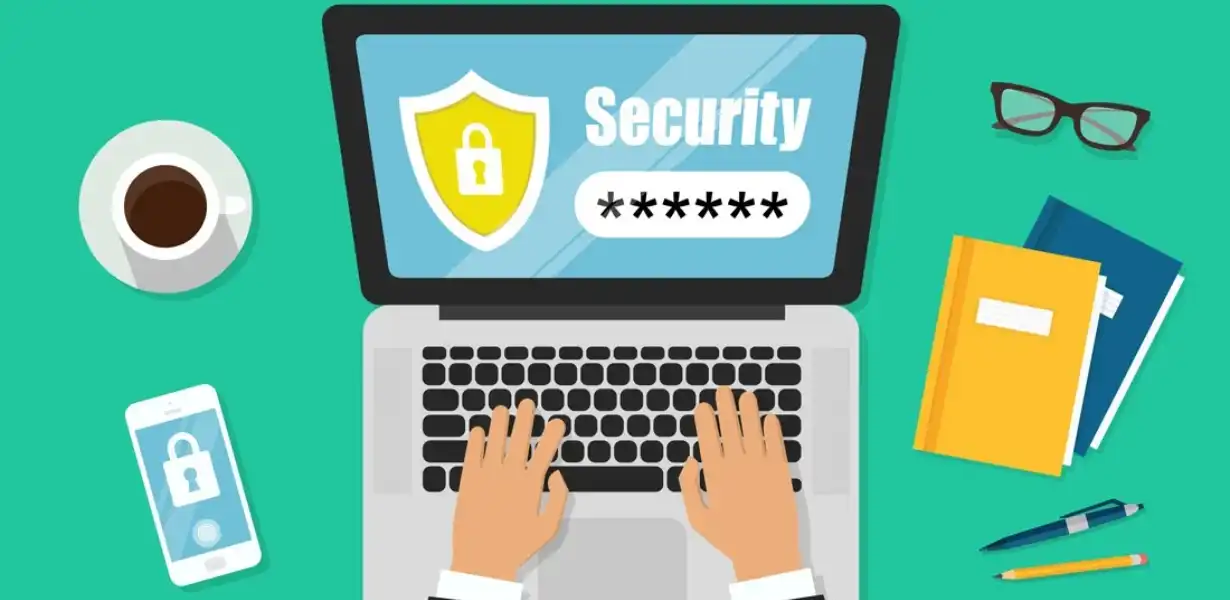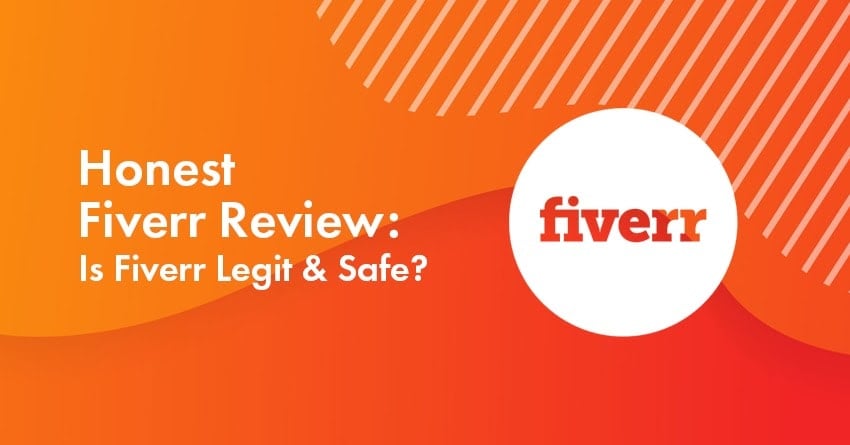
Fortifying Your Online Fortress: Advanced Website Security Solutions for 2023
- Post
- August 8, 2023
- Internet & Web Services, Web Hosting, Website Security
- 0 Comments
In the ever-evolving landscape of digital threats, safeguarding your online presence has become a paramount concern. As the cyber realm expands, so does the arsenal of tools at a hacker’s disposal. To counter these malevolent forces, it’s imperative to fortify your virtual stronghold with cutting-edge website security solutions. In this comprehensive guide, we delve into the realm of website security, presenting a potent arsenal of strategies and techniques that go beyond the ordinary. Our mission is clear: to empower you with the knowledge and tools needed to secure your digital domain.
Understanding the Digital Battlefield
In the intricate dance between security and vulnerability, comprehension is key. To fortify your online fortress, you must first grasp the nuances of the digital battlefield. Hackers and malicious actors exploit weaknesses in your website’s infrastructure and code to breach your defenses. These vulnerabilities can stem from outdated software, weak passwords, or unpatched plugins. Vigilance is the order of the day.
The Shield of Web Application Firewalls (WAFs)
Picture a guardian stationed at the entrance to your digital realm – that’s the role of a Web Application Firewall (WAF). Acting as an impenetrable barrier, a WAF scrutinizes incoming traffic and filters out malicious requests. Whether it’s SQL injection, cross-site scripting (XSS), or other malicious attacks, a WAF stands as the vanguard, intercepting threats before they can breach your defenses.
Encrypting the Pathways
In the age of data breaches and cyber espionage, securing the pathways between your users and your website is paramount. Enter SSL/TLS encryption, which transforms data into an indecipherable code as it travels across the digital ether. This cryptographic shield not only thwarts eavesdroppers but also earns your website the coveted padlock icon in browsers – a symbol of trust and security.
Two-Factor Authentication (2FA): Your Digital Gatekeeper
Passwords alone are no longer sufficient to guard your digital realm. Two-Factor Authentication (2FA) adds an extra layer of protection by requiring users to provide two separate forms of verification. Whether it’s a unique code sent to their phone or a biometric scan, 2FA ensures that even if a password is compromised, unauthorized access remains elusive.
Vigilance in Plugin and Software Management
In the sprawling landscape of plugins and software, it’s easy to overlook updates. Yet, these seemingly mundane maintenance tasks are crucial to your website’s security. Outdated plugins can serve as gateways for cybercriminals. Regularly updating and patching your software ensures that you’re armed with the latest defenses against emerging threats.
The Power of Intrusion Detection Systems (IDS)
Think of Intrusion Detection Systems (IDS) as sentinels tirelessly patrolling the walls of your digital fortress. These systems monitor network traffic, seeking out any anomalies that might indicate a breach. Once detected, an IDS can trigger alerts or even take automated actions to thwart the intrusion – a crucial line of defense in the battle against cyber threats.
The Evolving Landscape of DDoS Protection
Distributed Denial of Service (DDoS) attacks are a force to be reckoned with. These onslaughts flood your website with an overwhelming volume of traffic, rendering it inaccessible to legitimate users. Stay ahead of the curve with advanced DDoS protection services that employ sophisticated algorithms to filter out malicious traffic while allowing genuine visitors to access your site without hindrance.
Continuous Security Audits: Unveiling Vulnerabilities
In the dynamic realm of cybersecurity, complacency is the enemy. Regular security audits are a proactive measure to unearth vulnerabilities before they are exploited. These audits encompass comprehensive assessments of your website’s code, configurations, and infrastructure. By identifying weak points, you can implement targeted solutions that bolster your defenses.
A Paradigm Shift: Beyond Traditional Passwords
The era of solely relying on passwords is fading into the annals of history. Embrace the paradigm shift toward passwordless authentication. This revolutionary approach replaces traditional passwords with secure alternatives such as biometric scans, hardware tokens, or mobile push notifications. By reducing the reliance on passwords, you diminish the attack surface and elevate your website’s security posture.
Educating Your Digital Garrison
While technological fortifications are essential, the human element remains a linchpin in your defense strategy. Educating your team and users about cybersecurity best practices is paramount. Regular training sessions, awareness campaigns, and phishing simulations instill a culture of vigilance, empowering everyone within your digital garrison to be active guardians of your online fortress.
Final Words
As the digital landscape continues to evolve, so do the threats that loom on the horizon. Fortifying your online fortress demands a multifaceted approach that combines technological prowess with unwavering vigilance. By embracing the cutting-edge solutions outlined in this guide, you embark on a journey toward a fortified digital domain – a realm where security is not just a shield, but a way of life.
Commonly Asked Questions
Q1: What is the first step in enhancing website security?
A1: The foundation lies in understanding the vulnerabilities that exist. Conduct a thorough assessment of your website’s code, plugins, and infrastructure to identify potential weak points.
Q2: How does Two-Factor Authentication (2FA) enhance security?
A2: 2FA adds an extra layer of protection by requiring users to provide two forms of verification. Even if a password is compromised, unauthorized access remains elusive.
Q3: What role do security audits play in website protection?
A3: Security audits unveil vulnerabilities before they’re exploited, enabling you to implement targeted solutions that bolster your defenses.
Q4: What is passwordless authentication, and how does it improve security?
A4: Passwordless authentication replaces traditional passwords with secure alternatives like biometric scans or hardware tokens, reducing the attack surface and enhancing security.
Q5: How can I ensure my team is cybersecurity-aware?
A5: Regular training sessions, awareness campaigns, and phishing simulations instill a culture of vigilance, empowering everyone to be active guardians of your online fortress.




